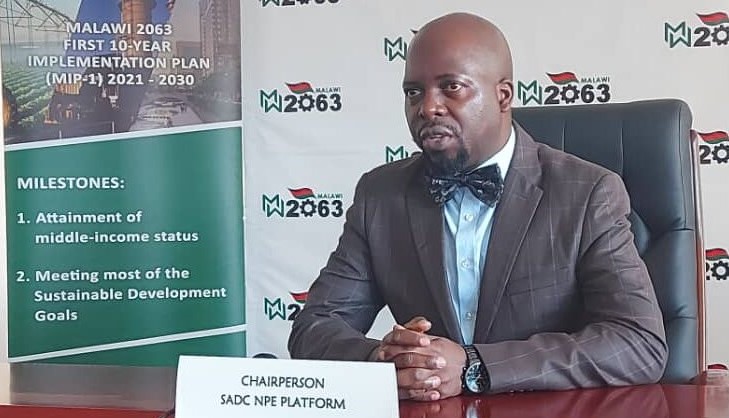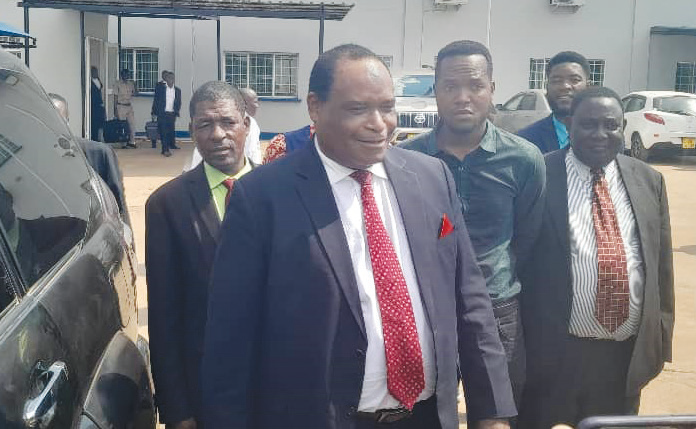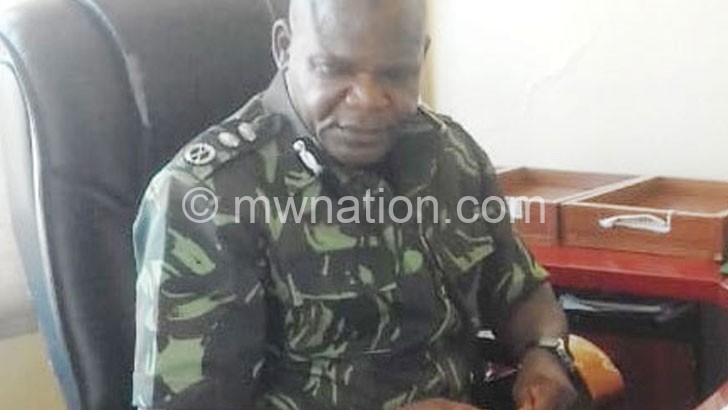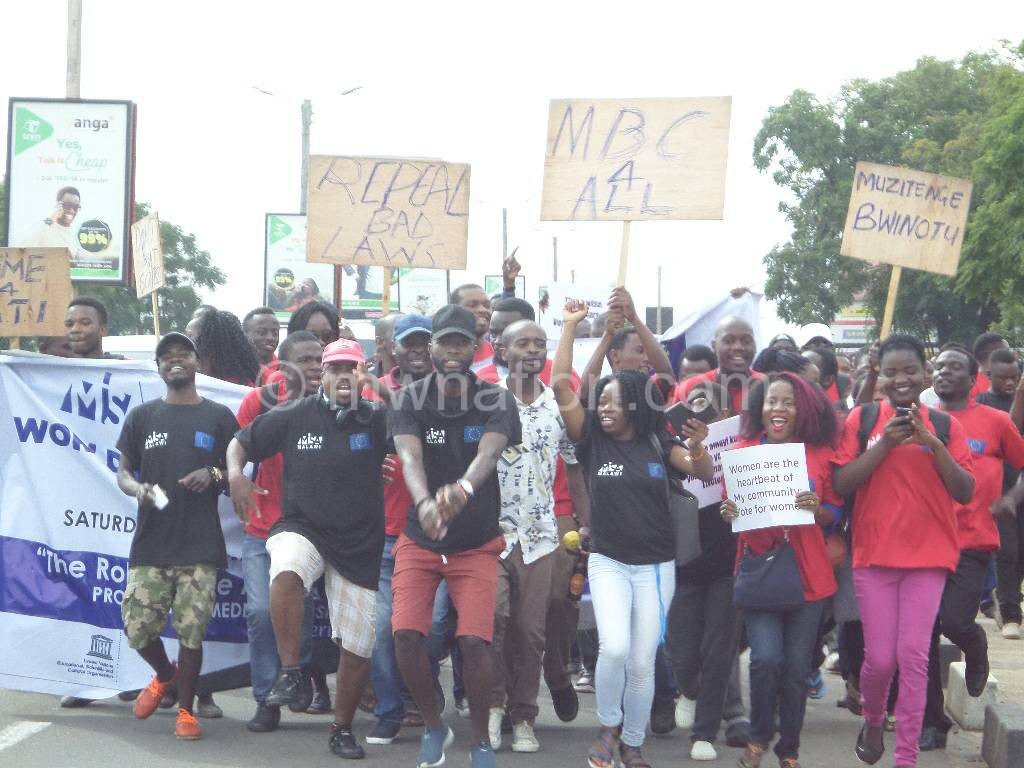Budgets off MW2063 track
The Malawi 2063 (MW2063) development plan that aims to turn the country into an upper middle income economy might be just another failed vision if the consistent financing gaps are anything to go by.
Preceded by the failed Vision 2020, the First 10-year Implementation Plan (MIP-1) of the MW2063 intends to push the country into a middle income economy by 2030, with massive industrialisation.
A rigorous work of research and design of the MIP-1 that requires $15 billion to be primarily financed through the budget, was launched by President Lazarus Chakwera in November 2021.
However, a model budget framework that the National Planning Commission (NPC) came up with to guide the national budget framework shows serious misalignment, despite some areas of improvement in terms of financing levels.

Presenting a budget analysis to a number of parliamentary committees that were led by First Deputy Speaker of Parliament Madalitso Kazombo in Lilongwe on Monday evening, NPC director general Thomas Munthali and NPC Commissioner Mercy Masoo acknowledged a paucity of resources to achieve the development goals.
Masoo stressed on the need to finance the operationalisation of the Malawi Development Corporation (MDC), and adequately financing the National Mining Company rollout and the recapitalisation of Admarc to drive the wealth creation agenda.
Said the commissioner in an interview: “We feel we could have done better in terms of allocating more resources in productive sectors.
“However, there are some strides into allocating resources in areas that are key like agriculture production, increasing productivity and also establishment of the mining company, capitalisation of Admarc, although we have to be clear where the resources have been allocated in the budget.”
However, Kazombo questioned the lack of “anger” among policy makers to turn around the status of Malawi, given abundant resources.
He further suggested the need for a robust system to track the budget implementation beyond NPC’s suggested involvement into budget formulation.
It was observed that the NPC mandate only ends at advising the Minister of Finance and in budget consultations, but the commission is not involved in the actual budget formulation.
Noted Munthali: “It would be important if NPC was involved more beyond advisory role, to the level of budget framework. Not the nitty gritties, of course, but just the framework.”
While the model budget framework puts 20 percent of the budget towards industrialisation, the proposed 2024/25 national budget only provides 1 percent, giving the lions share to governance with 43 percent. Human capital development takes up 32 percent while in the model budget it ought to take 16 percent.
A trend graph shows consistent misalignment between the national budget andMIP 1 since the MW2063 roll out in 2021, which puts the 2030 aspirations in jeopardy.
“If we are to meet the Malawi 2063 aspirations and milestones on the way, let national budgets focus on what is modelled in MIP 1,” stated Munthali in his presentation.
In the budget statement, Minister of Finance and Economic Affairs Simplex Chithyola Banda said “the 2024/25 National Budget reflects the government’s continued commitment towards achieving the people’s aspirations as outlined in the Malawi 2063 First 10 year Implementation Plan (MIP 1).”
The MIP 1 document mentions that financing will be primarily by government with domestic and external resources, citing tax revenue, borrowing and public private partnerships as primary sources.
For the attainment of the 2030 economic aspirations, the country’s economy needs to grow by, at least 6 percent annually.






One Comment